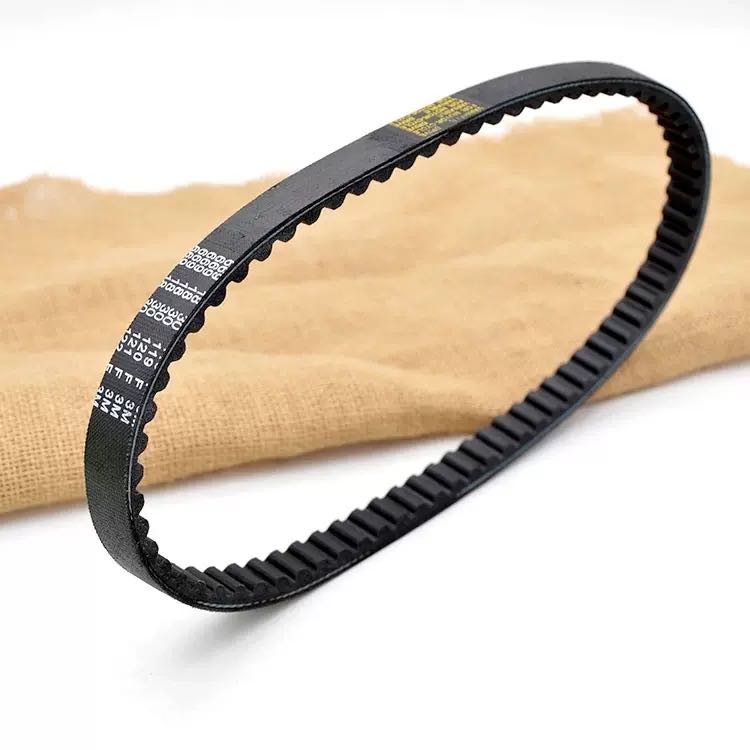- Arabic
- French
- Russian
- Spanish
- Portuguese
- Turkish
- Armenian
- English
- Albanian
- Amharic
- Azerbaijani
- Basque
- Belarusian
- Bengali
- Bosnian
- Bulgarian
- Catalan
- Cebuano
- Corsican
- Croatian
- Czech
- Danish
- Dutch
- Afrikaans
- Esperanto
- Estonian
- Finnish
- Frisian
- Galician
- Georgian
- German
- Greek
- Gujarati
- Haitian Creole
- hausa
- hawaiian
- Hebrew
- Hindi
- Miao
- Hungarian
- Icelandic
- igbo
- Indonesian
- irish
- Italian
- Japanese
- Javanese
- Kannada
- kazakh
- Khmer
- Rwandese
- Korean
- Kurdish
- Kyrgyz
- Lao
- Latin
- Latvian
- Lithuanian
- Luxembourgish
- Macedonian
- Malgashi
- Malay
- Malayalam
- Maltese
- Maori
- Marathi
- Mongolian
- Myanmar
- Nepali
- Norwegian
- Norwegian
- Occitan
- Pashto
- Persian
- Polish
- Punjabi
- Romanian
- Samoan
- Scottish Gaelic
- Serbian
- Sesotho
- Shona
- Sindhi
- Sinhala
- Slovak
- Slovenian
- Somali
- Sundanese
- Swahili
- Swedish
- Tagalog
- Tajik
- Tamil
- Tatar
- Telugu
- Thai
- Turkmen
- Ukrainian
- Urdu
- Uighur
- Uzbek
- Vietnamese
- Welsh
- Bantu
- Yiddish
- Yoruba
- Zulu
Aug . 10, 2024 23:35 Back to list
Understanding the Role of Timing Belts Within an Engine's Operational Mechanics and Maintenance.
Understanding the Timing Belt Inside an Engine
The timing belt is a crucial component of an internal combustion engine, playing a key role in ensuring the engine runs efficiently and smoothly. Located within the engine compartment, the timing belt is responsible for synchronizing the rotation of the crankshaft and the camshaft(s). This synchronization is vital because it ensures that the engine's valves open and close at the correct times relative to the position of the pistons.
The Role of the Timing Belt
At its core, the timing belt is a toothed belt made from a durable material, often reinforced with fibers to enhance its strength and flexibility. The teeth on the belt fit into grooves on the crankshaft and camshaft gears, allowing for a precise connection. As the crankshaft rotates—driven by the engine’s pistons—the timing belt transfers this movement to the camshaft, thus controlling the timing of the valve openings and closings. Proper timing is essential for optimal engine performance, fuel efficiency, and emissions control.
Importance of Timing Belt Maintenance
Like any mechanical component, timing belts require maintenance to ensure longevity and reliability. Manufacturers typically recommend that the timing belt be replaced every 60,000 to 100,000 miles, depending on the specific engine design and driving conditions. Failure to replace a worn or damaged timing belt can lead to severe engine damage. In the worst-case scenario, a snapped timing belt can cause the pistons and valves to collide, leading to bent valves or even a complete engine failure.
Signs of a failing timing belt may include unusual engine noises, such as a ticking or slapping sound, or visible signs of wear, such as cracks and fraying. Additionally, if the engine starts misfiring or exhibits a loss of power, it’s essential to have the timing belt inspected promptly.
timing belt inside engine

Timing Belt vs. Timing Chain
It's worth noting that some engines do not use a timing belt but instead employ a timing chain. While both components serve the same function of synchronizing the crankshaft and camshaft, timing chains are typically more durable and can last the lifetime of the engine. However, they are often noisier, and their replacement can be more involved due to their location and the complexity of the engine design.
Impact on Engine Performance
The performance of an engine can significantly be affected by the condition of the timing belt. An incorrectly timed engine may result in reduced power output, increased emissions, and poor fuel economy. This is why maintaining the timing belt is essential not only for the longevity of the engine but also for its operational efficiency.
Conclusion
In summary, the timing belt is a vital component of an internal combustion engine, integral to its operation and performance. Regular maintenance and timely replacement of the timing belt are essential measures for any vehicle owner. Understanding the importance of this component not only aids in preserving the engine’s health but also enhances overall driving experience. Whether you are a car enthusiast or a casual driver, acknowledging the role of the timing belt can save you from unexpected breakdowns and costly repairs. Always consult your vehicle’s owner manual for specific recommendations on timing belt maintenance and replacement intervals to ensure your engine remains in peak condition.
-
Upgrade Power Steering Pump Belt for Smooth, Quiet Operation
NewsAug.27,2025
-
Precision Timing Belt & Chain: Engine Performance & Durability
NewsAug.26,2025
-
Precision Lathe Drive Belts: Durable & Reliable Performance
NewsAug.25,2025
-
84.5 Serpentine Belt: Durable & Precision Fit for Your Engine
NewsAug.24,2025
-
Premium Ribbed Drive Belts for Quiet Power Transmission
NewsAug.23,2025
-
High-Performance Vehicle Timing Belt for Engine Precision
NewsAug.22,2025

